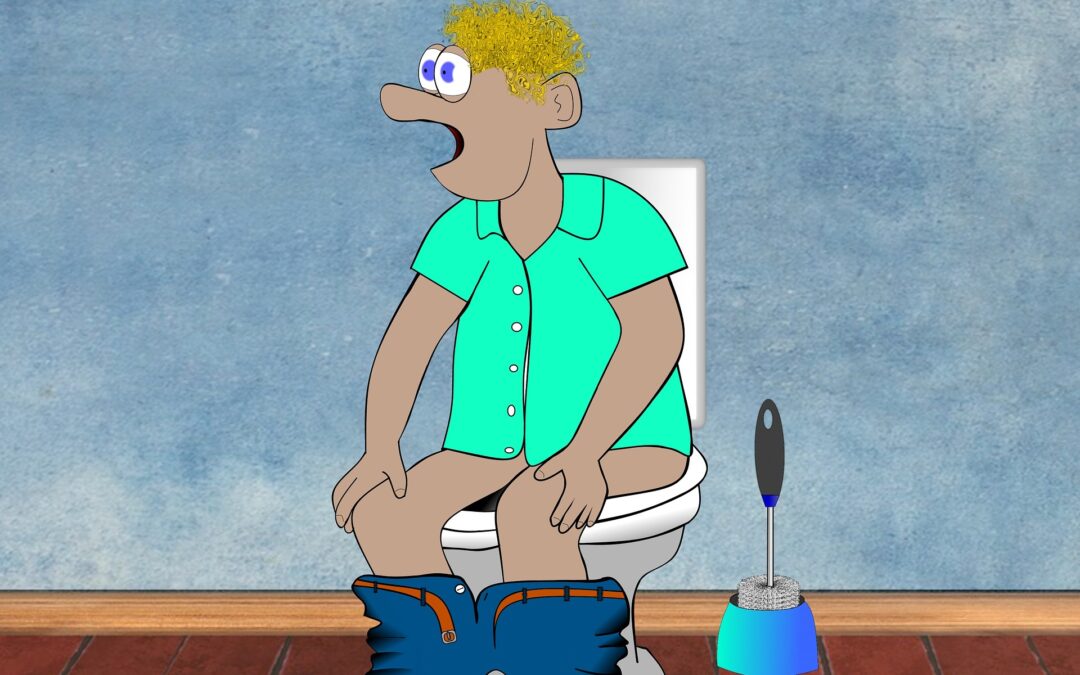Constipation is something that I frequently treat in my clinic. People of all age groups can suffer from constipation. From newborns to the elderly, no one is immune to constipation. However, as we grow older constipation becomes more common. Constipation in older patients, especially those over 50 years old can also be a sign of something serious like cancer or obstruction, so talk with your doctor.
Below, I share some dietary and behavioral changes you can make to treat your constipation.
1. Increase daily fluid intake
Increase your daily fluid intake. Drink at least 2 Liters or 67 ounces per day. That is at least eight 8-oz glasses of water per day.
2. Increase your daily dietary fiber intake
Eat more high-fiber foods like whole grains, fruits, and vegetables to increase the bulk of the stool. The recommended dietary fiber intake is between 20 and 35 grams per day.
3. Fiber supplements
If you are still passing hard stools after increasing your dietary fiber and adequate water intake, you may not be getting enough fiber from your diet. In that case, use a fiber supplement. There are many brands out there. Examples include wheat dextrin (Benefiber), methylcellulose (Citrucel), psyllium husk (Metamucil), and calcium polycarbophil (Fibercon). Take as directed. Again, the goal is 20 to 35 grams of fiber each day from both food and supplement sources.
Related Article: The Fiber Content of Commonly Consumed Foods.

4. Prunes and prune juice
Prunes are helpful for treating constipation.
5. Try to defecate right after meals
Schedule toilet times right after meals to take advantage of the gastrocolic reflex. The gastrocolic reflex increases the colonic motility after meals (postprandially). Defecating after mealtime allows us to take advantage of this natural process. This increases the probability of actually having a bowel movement. This is especially important in the morning when colonic motor activity is highest.
6. Don’t delay when you have the urge to stool
If you feel like you need to have a bowel movement, you should go right away and not hold back.
7. Use a step stool
Use Squatty Potty or place your feet on a small step stool instead of on the floor to straighten the anorectal junction. This will help make it easy to defecate.
8. Avoid using bedpans to defecate
Bedpans make defecation difficult.
9. Exercise
Even though some research has shown that exercise programs do not improve symptoms of constipation in nursing home residents and older adults, I encourage my patients to exercise because many other studies have shown that physical inactivity is a risk factor for constipation. In addition to that, exercise has many other health benefits.
10. Biofeedback
Biofeedback is a way to retrain the defecation muscles. Some studies have shown that neuromuscular coordination, training, and visual, audio, or verbal feedback techniques are effective for treating constipation caused by pelvic floor dysfunction.
If you are still constipated after trying all of the above, your primary care doctor will help you recommend further treatment options.
Related article: Treating Constipation: Everything you need to know.
Further Reading
Huang R, Ho S-Y, Lo W-S, Lam T-H. Physical Activity and Constipation in Hong Kong Adolescents. Wang J, ed. PLoS ONE. 2014;9(2):e90193


